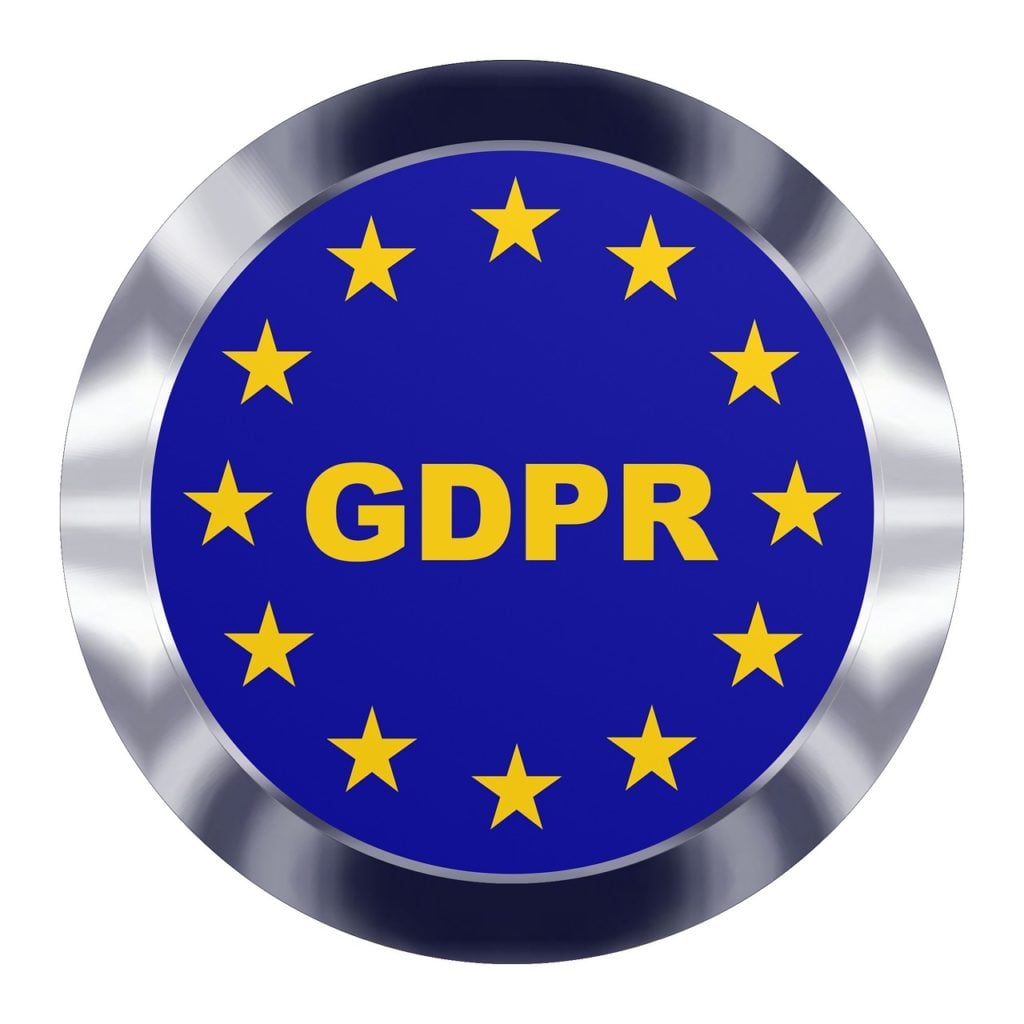The General Data Protection Regulation (“GDPR”) is a popular topic among businesses around the globe. The law was originally introduced and adopted into place on April 27th of 2016, and allotted a two-year post-adoption grace period for businesses to meet compliance regulations. The formal enforcement date for fining non-compliant organizations takes effect on May 25th, 2018. Through a survey completed by BPTrends, a firm that tracks process modeling trends, information was gathered that in some cases, European businesses surpassed U.S. businesses on GDPR compliance by up to 500%. The conclusion was drawn that European businesses were more prepared due to their sophisticated business processes. However, it should be noted that many European and U.S. based businesses are adopting GDPR standards as good practice.
Q1 hedge fund letters, conference, scoops etc, Also read Lear Capital: Financial Products You Should Avoid?
Business Process Management (BPM) entails how businesses study, identify, change, and monitor business processes and modeling to ensure that they run smoothly while improving those processes over time. The data from the BPTrends’ report shows that no North American organization in 2017 had spent more than $10 million on business process work or improvements. While five European companies had spent from $10-50 million, with one organization investing over $50 million. Process management can assist both European and North American companies in their processes when they become GDPR compliant, however the emphasis on processes in Europe explains why those businesses are much more prepared.
With any organization looking to become GDPR compliant, processes must change to better protect the organization and implement new workflows. New plans must be drawn up for each organization, as well as documented and communicated to internal stakeholders and thus creating new processes. Much of the focus around the GDPR has been on data and data protection, rather than on processes that take place, which are equally as important for companies that are affected by the regulation. Keeping up with the tracking and reporting required to achieve regulatory compliance can cost organizations considerable time and resources. Without an efficient system, it’s no doubt that an organization could easily fail to maintain compliance or efficiently keep up with internal deadlines that may require consent under the GDPR. For example, some of these processes might include ways in which an organization deals with a data breach, documents that breach, and secures their systems to prevent future problematic implications. The way a business handles consent and data management in compliance with GDPR is all through their internal processes.
Well-functioning process management is essential when it comes to avoiding monetary penalties, yet many organizations do not see this as self-evident. A BPM System gives businesses the tools they need for rapid reaction to regulatory change. Compliance management is thus made easier, and complex rule sets are replaced by compliant and functioning processes. A Business Process Management System is able to identify regulatory violations and risks in daily processes, ensure employees are correctly carrying out critical decisions, incorporate compliance changes into processes, and ensure seamless traceability of new processes.
For example, any company that conducts business in the E.U. or with E.U. citizens, otherwise known as “data subjects” must be within compliance. For a company like Cola-Cola that does business internationally, the processes of compiling and storing their company data must be addressed. The GDPR states that any company posing a risk to E.U. data subjects can be fined up to 4% of their global revenue or $20 million, whichever is greater. If Coca-Cola was to experience a data breach of this information, they could potentially be fined up to 1.1 billion dollars, based on their 2017 revenue of $35.41 billion.
Process optimization not only prepares these companies for GDPR, but provides workflow acceleration and process intelligence. All are critical with successfully implementing new GPDR regulations within an organization. Some basic operations of a BPM system include defining framework based on legal and standardized requirements; identification, documentation and prioritization of risks, assessing controls with supporting processes and procedures, as well as test activities. Implementing these workflow processes to manage risk and controls is of the most importance, as it allows for a business to monitor and report while continuously improving.
Effectively translating strategy into action is the cornerstone of business transformation, and using a BPM system assists in creating positive behaviors and mitigating threats businesses will encounter as the organization embarks on their journey to GDPR compliance through process management.
About the Author:
In his role as COO, Mark Holenstein is responsible for the Sales, Customer Service and Marketing departments at Signavio, a leading provider of Business Process Management solutions. For more information please visit www.signavio.com.













